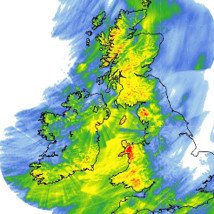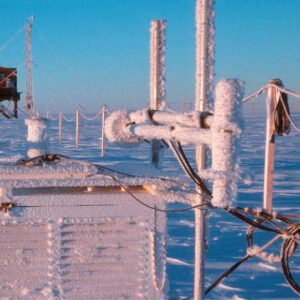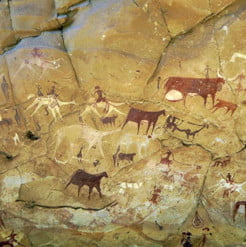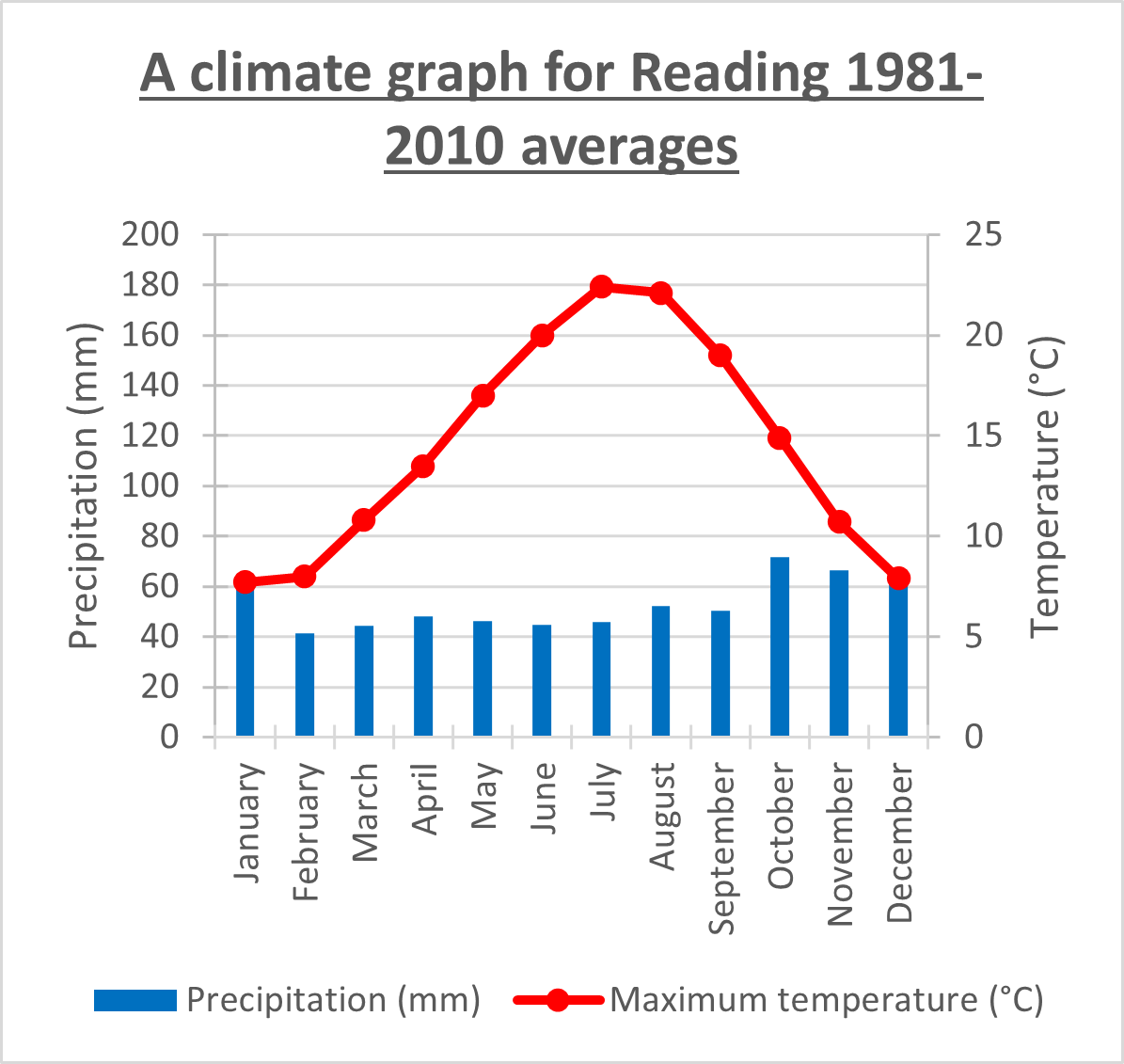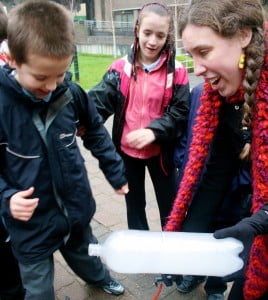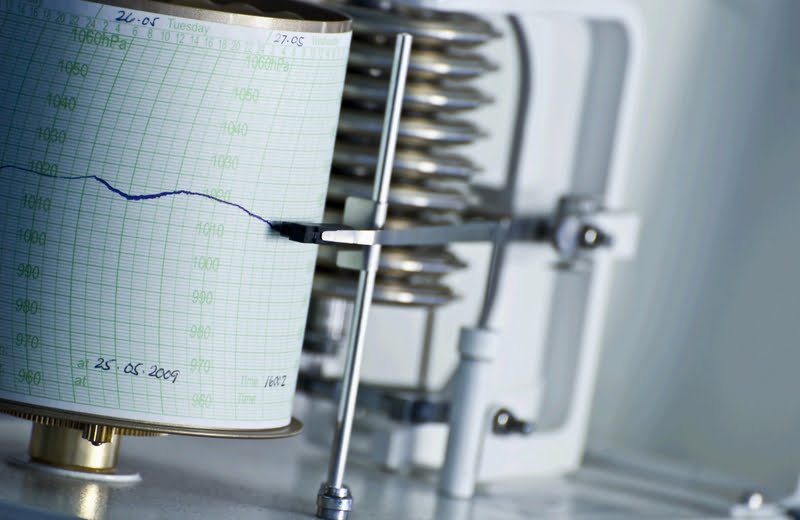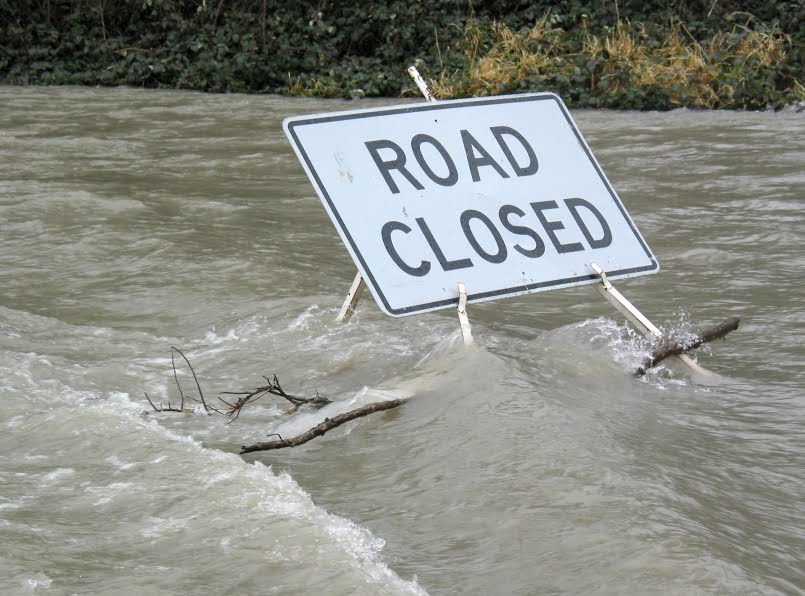Weather and Climate: a Teachers’ Guide
Pathway: Basic weather
Atmospheric and Oceanic Circulation – Climate Zones – Air Masses – Pressure and Wind
Lesson overview: In this lesson we introduce air pressure, how differences in pressure can lead to air motion (wind) and how rising and sinking air can lead to low and high pressure respectively. We also introduce the Coriolis Effect and demonstrate how it can lead to rotating weather systems.
The action of the global atmospheric circulation cells, incoming and outgoing heat energy and the influence of upper-atmosphere winds creates areas of ‘high’ and ‘low’ pressure across the world – places where there is more or less atmosphere above the surface of the Earth. Air is constantly pulled from areas of high pressure towards areas of low pressure, being deflected by the Coriolis effect as it does so, to create winds that circle around High/ Low pressure systems. Pressure is shown on synoptic weather maps using isobars – lines of equal pressure – and winds blow approximately along these lines.
Learning objectives:
-
To understand that air has a mass and exerts a pressure.
-
To contrast high and low pressure.
-
To be able to explain why winds are created and the factors that affect the wind.
-
To be able to interpret weather charts
Key Teaching Resources
Pressure and Wind PowerPoint
Pressure and Wind PowerPoint (easier)
Pressure and Wind Worksheet
Pressure and Wind Worksheet (easier)
Teacher CPD/ Extended Reading
Read
Pressure and Wind – More for Teachers
Or watch
Alternative or Extension Resources
